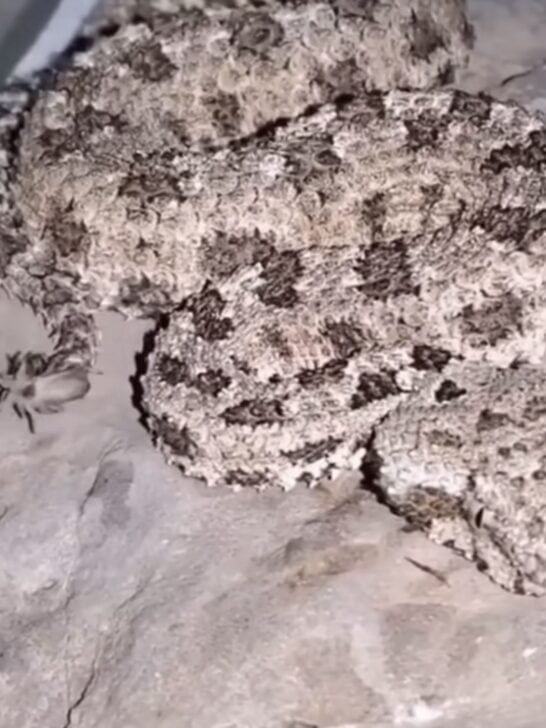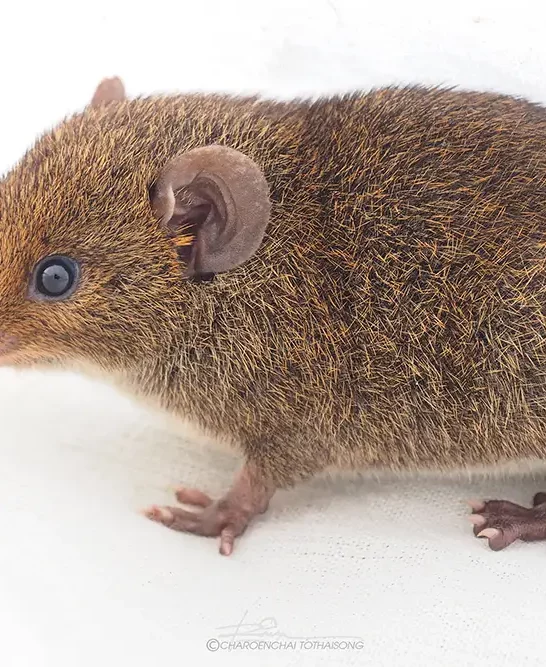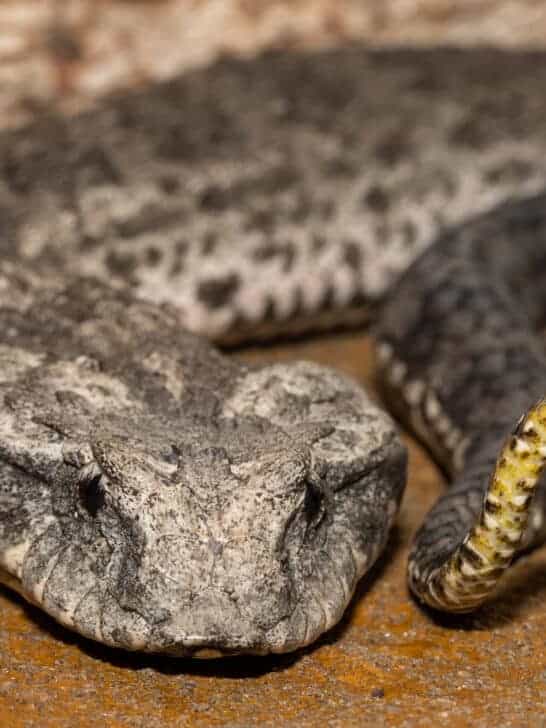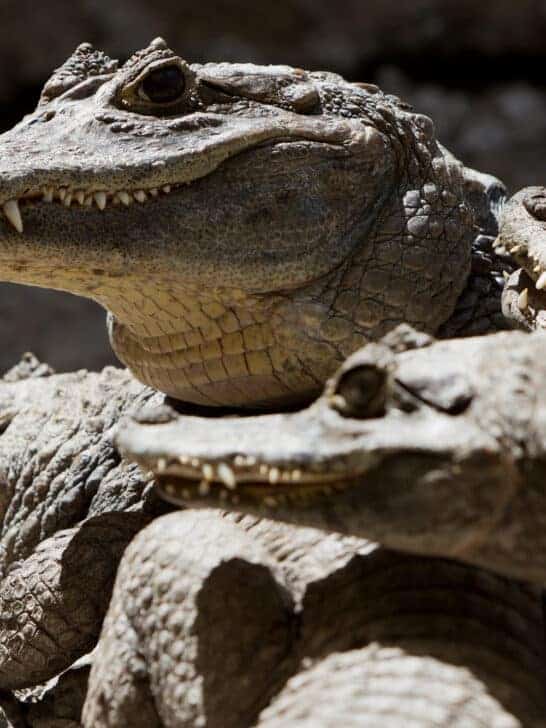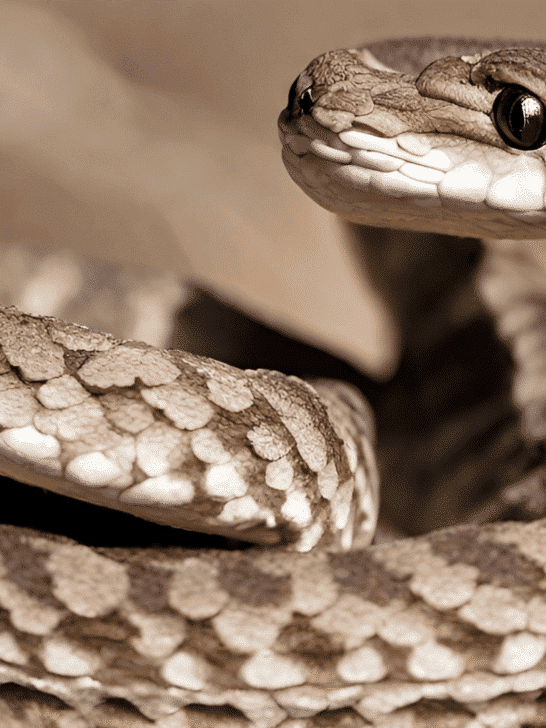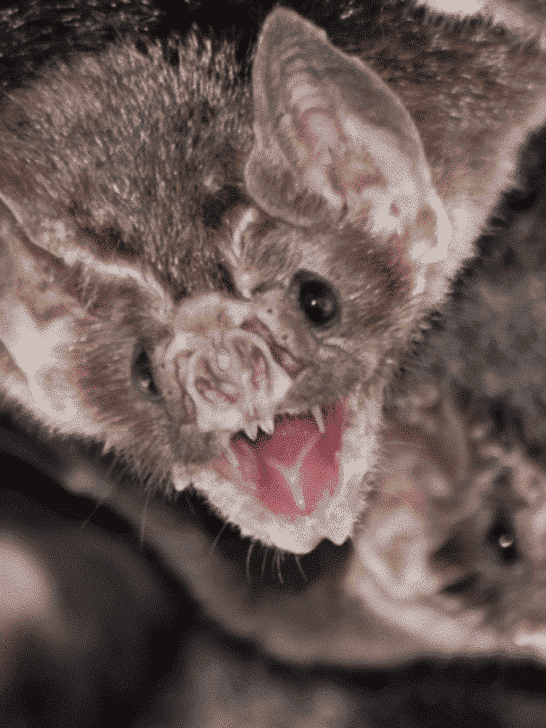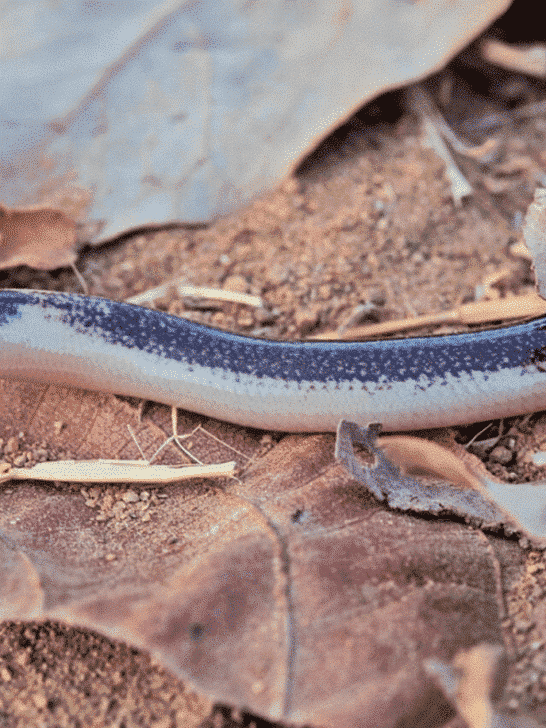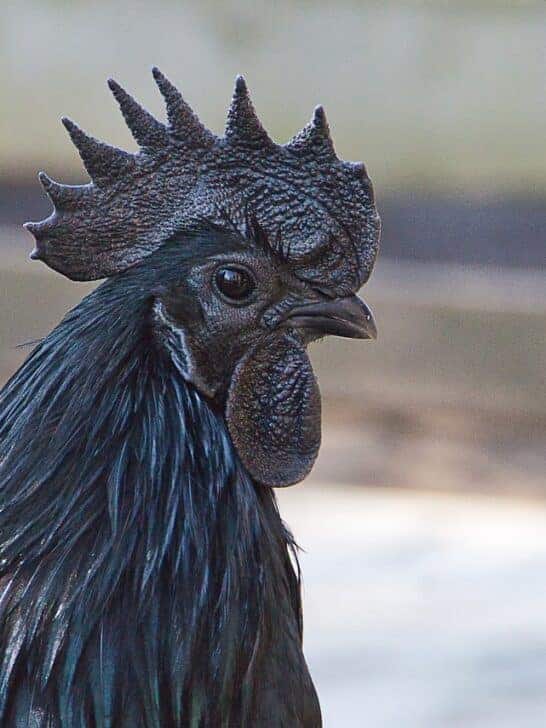Thousands of new species are discovered yearly, including hundreds of animal species. Many of these discoveries are of subspecies of known species, but sometimes, someone is lucky enough to stumble across a never-before-seen brand-new species.
It’s quite incredible to think that even today, when humans have seemingly explored every inch of our planet, there are still discoveries being made and organisms being uncovered. It just shows how little we still understand about our own natural world.
We like to keep you informed about any new animals discovered and any other news in the scientific community!
The Study of Animals

Th overall study of animals is called zoology, but there are also several sub-disciplines of zoology, including:
- Entomology: Insects
- Ichthyology: Fish
- Ophiology: Snakes
- Herpetology: Reptiles & Amphibians
- Ornithology: Birds
- Mammalogy: Mammals
Latest Discoveries
Scientific Classification of Animals
The scientific classification of species is known as taxonomy. The seven main taxonomic ranks are, in order: kingdom, phylum, class, order, family, genus, and species.
Humans, for instance, are taxonomically ranked as follows:
- Kingdom: Animalia
- Phylum: Chordata
- Class: Mammalia
- Order: Primates
- Family: Hominidae
- Genus: Homo
- Species: sapiens
A scientific name is always written as the genus (which is capitalized) and species (which is lowercase), and these two should always be italicized. These two ranks are the most specific and unique for each species. Humans are, thus, Homo sapiens.
All animals are of the kingdom rank Animalia. The further down the ranks go, the more closely related an animal becomes. Scientific classification allows scientists to define and understand the evolution of species and who new species may be related to.
Recent Discoveries In The News
-

Largest Death Adder Ever Recorded
-

Largest Black Caiman Ever Recorded
-

Largest Saw-Scaled Viper Ever Recorded
-

New Finding Shows that Bears have a Sense of Beauty as they often Admiring Views
-

🐧 Did You Know? Nesting Penguins Nap Almost 10,000 Times a Day!
-

Breaking News: Science Proves that Cows have Best Friends and Get Upset when Seperated from them
-

Did You Know That Alligators Can Survive Being Frozen?
-

Scientists Discover Vampire Bats Are Moving North
-

New Species of Legless Skink Discovered in Africa
-

Longest, Record-Breaking, 19-Foot Burmese Python
-

Chimpanzees Replicate Human Military Tactics
-

Ayam Cemani: The World’s Most Expensive Chicken
FAQs
New species are often discovered in places rarely seen by humans, such as in dense forests or jungles, atop dangerous mountains, and deep underwater. Many discoveries are made by accident – sometimes by your average person.
Taxonomists have to analyze a species in a lab to determine if it truly is a new species or not. They look at all the physical traits and any other known characteristics of the organism, and then analyze its DNA to determine its closest relatives. If it is a new species, usually the person who discovered it gets to give it its species name.
The discovery of new species reminds us of the importance of preserving the integrity of ecosystems so that these species may continue to live on for generations.
Read more on animal science:
Newest Category: Recent Discovery
- First-Time Mother Tiger Learns To Care For Cubs - May 18, 2024
- The Pets of the Bridgerton Era – 17 Images - May 17, 2024
- Rare Footage of the Adorable but Deadly: Black-Footed Cat - May 16, 2024


